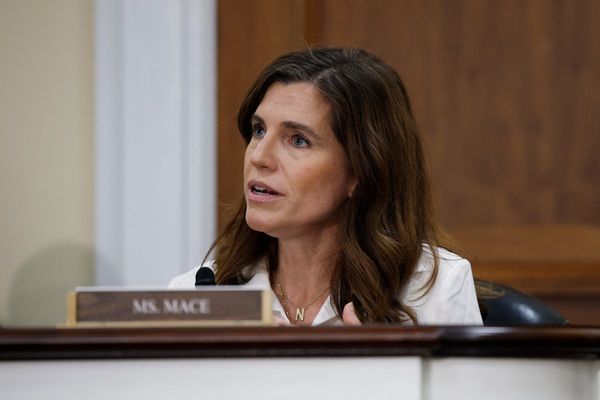
DINKs, SINKs, DINKWADs, and KIPPERs. Modern media has found increasingly creative ways to identify the economy’s millennial power players. Now, companies are finding a way to market to them.
In March, the consultancy Bain & Co. predicted eight consumer economies of the future. One of them was the redefined family economy.
The traditional “nuclear family,” defined as a couple with a child that typically lives in the same home, is becoming less fashionable.
Divorce rose sharply in the U.K. between the 1970s and 1990s, though has declined since. And while the rate of marriages ending in divorce has also declined, around 100,000 married couples still part ways in the country every year. At the same time, marriages have continued a steady decline after peaking in the 1970s.
In their place are new household dynamics that companies are keen to tap.
DINKs, an acronym for “dual income no kids,” have become prominent as birth rates in the U.S. fell to a historic low in 2023.
This cohort represents a growing share of millennials choosing not to have kids, blaming the state of the environment and associated costs of childcare among their key concerns. Instead, they are prioritizing their careers and personal experiences. They’re proving a gold mine for direct-to-consumer brands, even if they may prove to be a drag on the economy.
“Pets are the new kids, and plants are the new pets,” summarized Leah Johns, who leads Bain’s Consumer Lab.
The nature of the modern world has also pulled people from their go-to communities, like family and childhood friends.
Johns said the three things that used to keep us in one place have all decreased.
“Our need to be in a city because an office is there has decreased because of remote work. The need to be really close to families has decreased because now we have communication and affordable travel. And then real estate is so expensive that people can’t afford homes anymore.
“Those three things have, over the last couple of decades, come down, and they’re not keeping people in the same place.”
One long untapped area that is fast proving popular, however, is single-parent households. According to the OECD, single-parent households are expected to experience a rapid rise through to 2030.
DINKs have very different needs to a single parent juggling children and potentially taking care of an older parent, Johns says, and there are already examples of how companies are catering to them.
One direct-to-consumer wine company that spoke with Bain said they grew sales by 250% between 2020 and 2021, adding that single-serve bottles were their fastest-growing market.
Ready-meal makers are finding ways to market their “couple-sized” options to single buyers, suggesting they eat half the package at dinner and the leftovers for lunch the next day.
“You can segment your marketing and segment your messaging for the same product in such a way that you can cater to a couple that doesn’t have children and cater to a parent,” Johns says, arguing the proliferation of AI has helped brands do this more effectively.
These findings are an unfortunate reminder of the loneliness epidemic.
Loneliness came into scope during the COVID-19 pandemic but hasn’t retreated since lockdowns lifted. Mental illness is also increasing among young people, creating a ticking time bomb that could have huge implications for the workforce.
Here, too, companies are finding ways to plug the loneliness gap. Bain says there has been an increase in residential communities catering to single-parent households, dubbed “Mommunes.”
Speaking of the burgeoning “Mommunes,” Domenico Azzarello, EMEA managing partner at Bain, told Fortune: “This is just so obvious—the greatest ideas are those that are obvious—but it’s such a powerful concept of just addressing specific needs at a specific moment in life, where you need to be surrounded by a community of people that are experiencing the same type of challenges.”
Johns said: “Consumers are getting creative about this, but there’s a huge opportunity from the business side to actually not just design products, but design the entire way that we live, the buildings, the city, the schools, to support all of this.”







